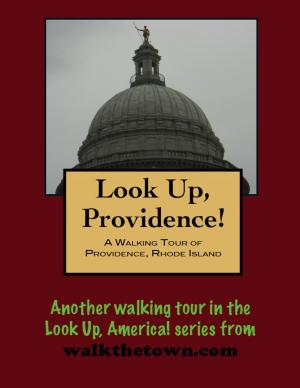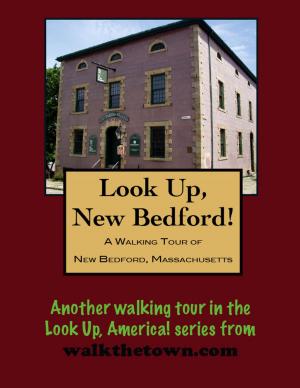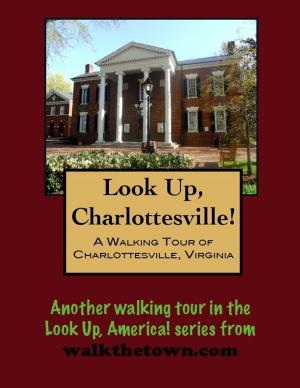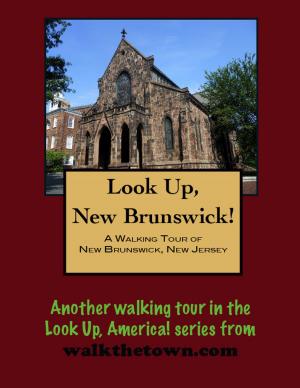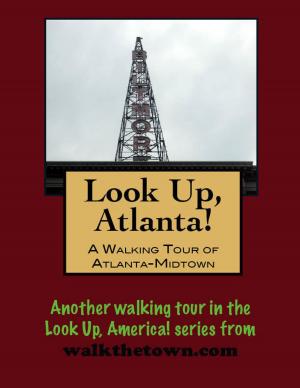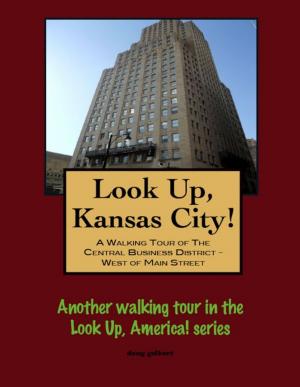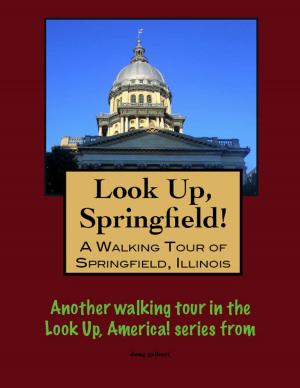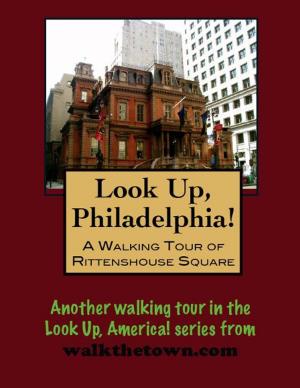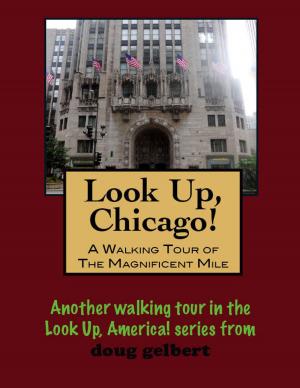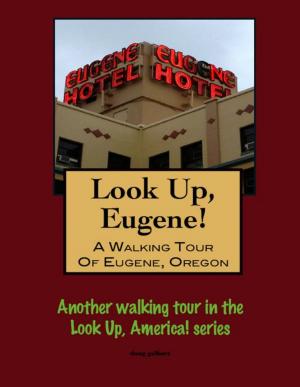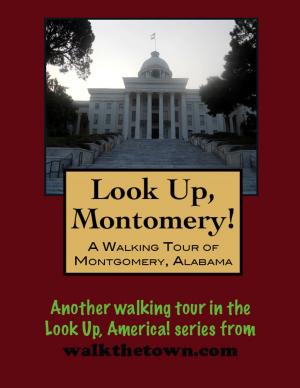| Author: | Doug Gelbert | ISBN: | 9781458159243 |
| Publisher: | Doug Gelbert | Publication: | March 2, 2011 |
| Imprint: | Smashwords Edition | Language: | English |
| Author: | Doug Gelbert |
| ISBN: | 9781458159243 |
| Publisher: | Doug Gelbert |
| Publication: | March 2, 2011 |
| Imprint: | Smashwords Edition |
| Language: | English |
There is no better way to see America than on foot. And there is no better way to appreciate what you are looking at than with a walking tour. This walking tour of Elizabeth, New Jersey is ready to explore when you are. Each walking tour describes historical, architectural landmarks, cultural sites and ecclesiastic touchstones and provides step-by-step directions.
Every tour also includes a quick primer on identifying architectural styles seen on American streets.
This was the first permanent English settlement in New Jersey and Governor Sir Philip Carteret made it the first capital of the colony for a brief time. Carteret named his capital in honor of the wife of his cousin, Sir George Carteret. The Proprietors of East Jersey transferred the capital to Perth Amboy in 1686, thinking that village was destined for greater things than Elizabethtown.
The town scarcely had time to notice the slight. With frontage on Newark Bay and State Island Sound, Elizabethtown early on tied its fortunes to the transportation industry. Ships of 30 and 40 tons were sailing up the Elizabeth River as far as Broad Street and soon home-built ships were pursuing whales migrating off the Jersey coast.
The American Revolution affected Elizabeth more than most New Jersey towns. The British on nearby Staten Island made repeated incursions against area farms and the village itself. But it would be that close proximity to New York City that provided the impetus for Elizabeth’s transformation into an important industrial city. A group of New Yorkers invested in the Elizabeth waterfront in the 1830s and influenced the creation of the Elizabeth and Somerville Railroad that brought the wealth of the state’s interior to its docks.
Manufacturers began to set up shop in Elizabeth, none more important than the I.M. Singer Company. At its busiest, some 10,000 people were employed making sewing machines, a concern that anchored the business community until 1982. New Jersey’s first automobile assembly line would be in Elizabeth. The first submarine was constructed here. And, for that matter, so was the first ice cream soda.
Our exploration of New Jersey’s longest English history will concentrate in the Midtown Historic District and we will start at the town’s most important crossroads...
There is no better way to see America than on foot. And there is no better way to appreciate what you are looking at than with a walking tour. This walking tour of Elizabeth, New Jersey is ready to explore when you are. Each walking tour describes historical, architectural landmarks, cultural sites and ecclesiastic touchstones and provides step-by-step directions.
Every tour also includes a quick primer on identifying architectural styles seen on American streets.
This was the first permanent English settlement in New Jersey and Governor Sir Philip Carteret made it the first capital of the colony for a brief time. Carteret named his capital in honor of the wife of his cousin, Sir George Carteret. The Proprietors of East Jersey transferred the capital to Perth Amboy in 1686, thinking that village was destined for greater things than Elizabethtown.
The town scarcely had time to notice the slight. With frontage on Newark Bay and State Island Sound, Elizabethtown early on tied its fortunes to the transportation industry. Ships of 30 and 40 tons were sailing up the Elizabeth River as far as Broad Street and soon home-built ships were pursuing whales migrating off the Jersey coast.
The American Revolution affected Elizabeth more than most New Jersey towns. The British on nearby Staten Island made repeated incursions against area farms and the village itself. But it would be that close proximity to New York City that provided the impetus for Elizabeth’s transformation into an important industrial city. A group of New Yorkers invested in the Elizabeth waterfront in the 1830s and influenced the creation of the Elizabeth and Somerville Railroad that brought the wealth of the state’s interior to its docks.
Manufacturers began to set up shop in Elizabeth, none more important than the I.M. Singer Company. At its busiest, some 10,000 people were employed making sewing machines, a concern that anchored the business community until 1982. New Jersey’s first automobile assembly line would be in Elizabeth. The first submarine was constructed here. And, for that matter, so was the first ice cream soda.
Our exploration of New Jersey’s longest English history will concentrate in the Midtown Historic District and we will start at the town’s most important crossroads...

